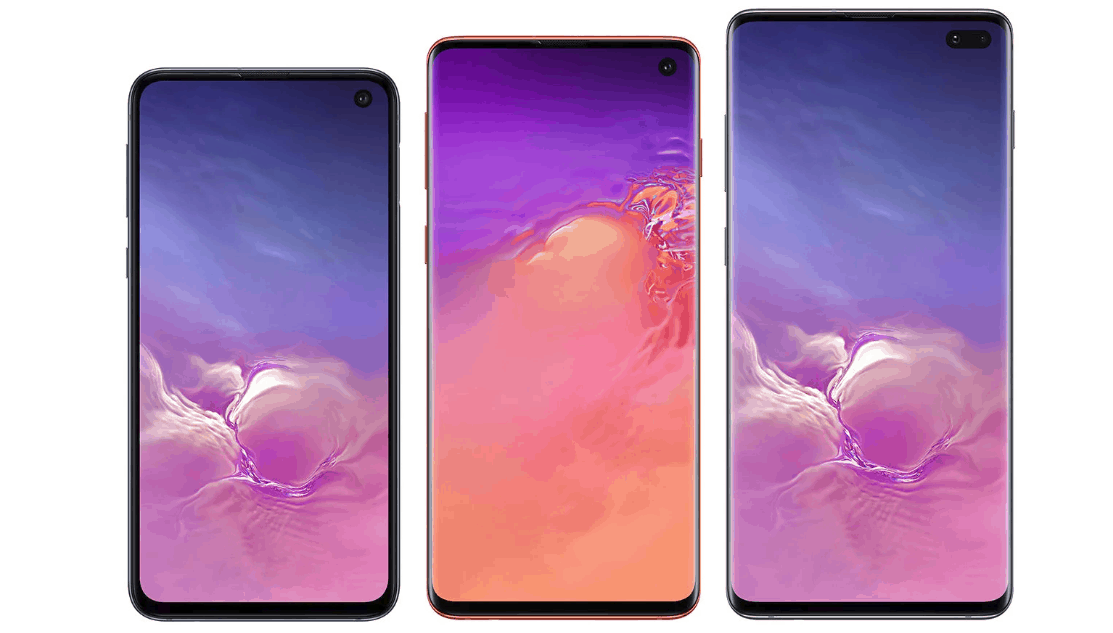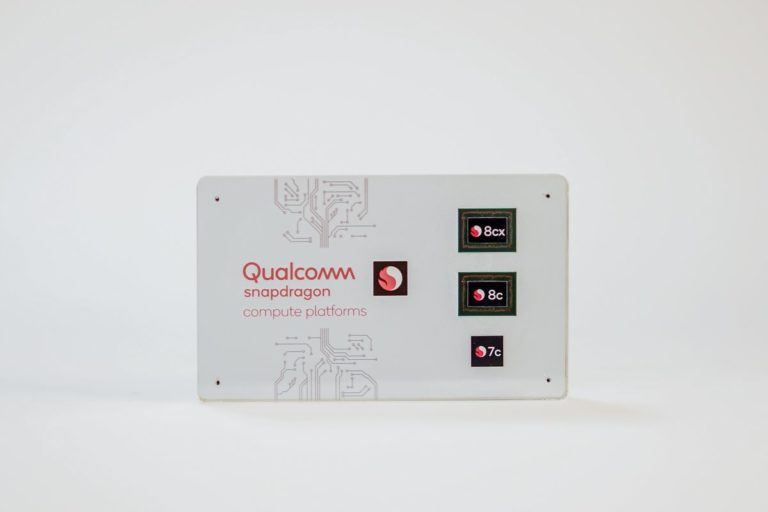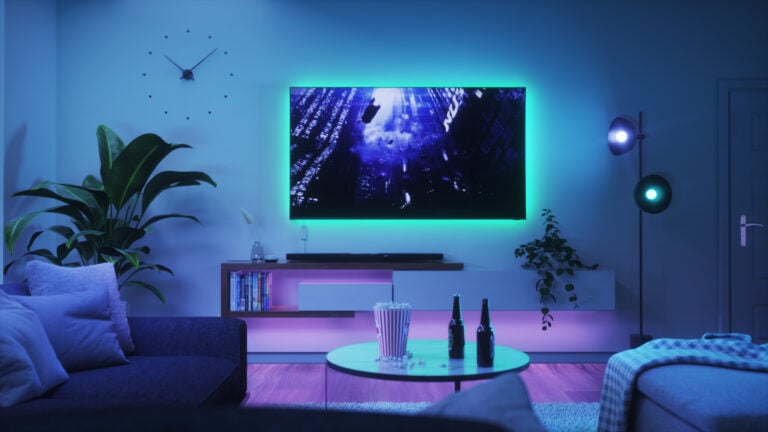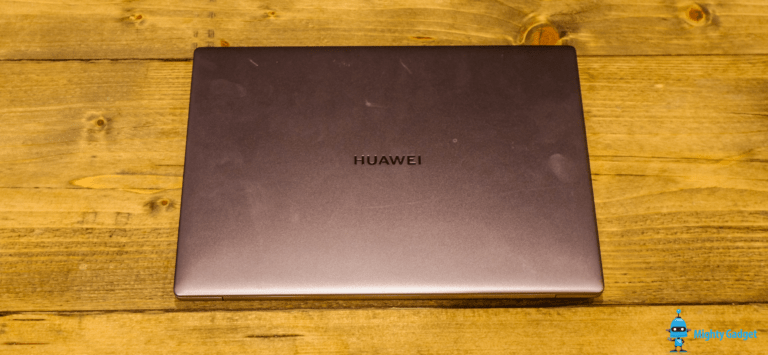Any links to online stores should be assumed to be affiliates. The company or PR agency provides all or most review samples. They have no control over my content, and I provide my honest opinion.
Each year there is always an argument about which chipset is best, most of the time it is splitting hairs, a flagship SoC will perform exceptionally and the differences are negligible. Regardless, it is always interesting to see the differences.
The Samsung Galaxy series launches each year running two variants, one Qualcomm and one Exynos, this provides us
Several tech sites have been benchmarking the two variants, with some slightly depressing results for UK users running the Exynos chipset.
AnandTech has carried out the most detailed comparison which puts the Snapdragon 855 ahead of the Exynos 9820 in almost every test. Their results also indicate that the Kirin 980 is also the best performing chipset of the three in most tests too.
With the PCMark Work 2.0 web browsing test, the SD855 is 16.5% ahead of the Exynos 9820. Which also puts the 9820 just 8% ahead of last years SD845
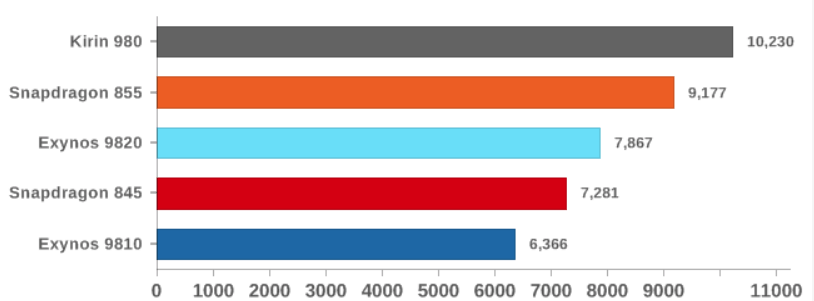
With the PCMark Work 2.0 photo editing task the Exynos 9820 sits 36% beind last years SD845 and 53% behind the current SD855.
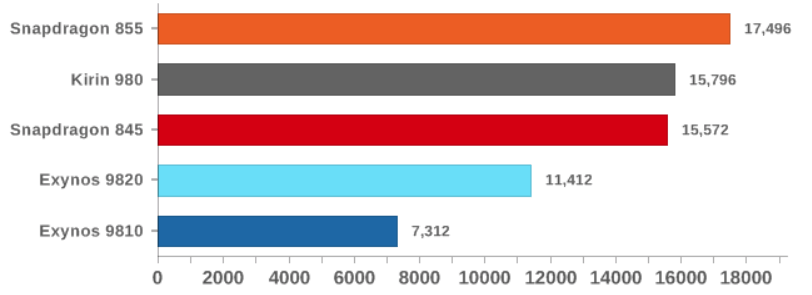
Moving away from the PCMark tests, the Speedometer 2.0 OS WebView test has a more positive result with the Exynos 9820 only being 3.2% behind the Snapdragon 855. The performance difference widens when you compare it to the Kirin 980 found on the Mate 20 Pro with a 13.7 lower score.
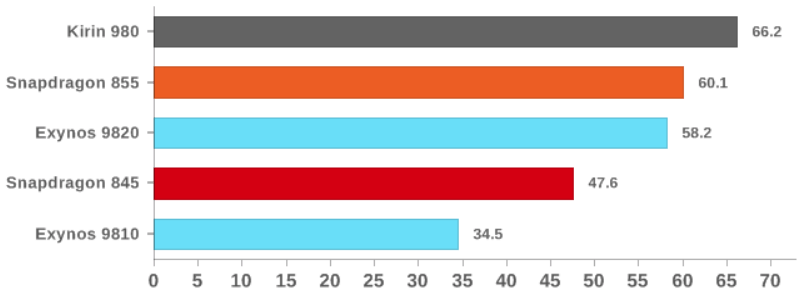
While the SD855 does appear to perform better than the Exynos 9820 the perceived difference in real world usage is likely to be negligible.
However, one of the most important differences that
| Processor | Snapdragon 855 | Exynos 9820 |
| Process | 7nm FinFET | 8nm LPP FinFET |
| CPU | Octa-core semi-custom Kryo 485CPU: Single-core (Cortex A76 @ 2.84GHz) + Tri-core (Cortex-A76 @ 2.42GHz) + Quad-core (Cortex-A55 @ 1.8GHz) | Octa-core custom CPU: Dual-core(Custom CPU) + Dual-core (Cortex-A75) + Quad-core (Cortex-A55) |
| GPU | Adreno 640 | ARM Mali-G76 MP12 |
| Dedicated NPU | Yes | Yes |
| Display | Up to 4K, HDR and 10-bit color depth | WQUXGA (3840×2400), 4K UHD (4096×2160) |
| Storage | UFS 3.0 | UFS 3.0, UFS 2.1 |
| Memory | LPDDR4x | LPDDR4x |
| Camera | Up to 20 MP dual cameras, up to 32 MP single camera | Rear 22MP, Front 22MP, Dual-camera 16MP+16MP |
| Video Capture | 4K HDR @ 60fps. Supports shooting in HDR10+, HDR10, HLG | 8K @ 30fps or 4K @ 150fps |
| Video Playback | 8K 360 degree VR, HDR10+, HDR10, HLG, Dolby Vision, 10-bit color depth, H.265, VP9 video decoder | 10-bit HEVC(H.265), H.264, VP9 codec |
| LTE Modem | X24 LTE 2 Gbps (DL)/316 Mbps (UL), Optional X50 5G Modem | LTE-Advanced Pro Cat.20 8CA 2Gbps (DL) / Cat.20 3CA 316Mbps (UL) |
I am James, a UK-based tech enthusiast and the Editor and Owner of Mighty Gadget, which I’ve proudly run since 2007. Passionate about all things technology, my expertise spans from computers and networking to mobile, wearables, and smart home devices.
As a fitness fanatic who loves running and cycling, I also have a keen interest in fitness-related technology, and I take every opportunity to cover this niche on my blog. My diverse interests allow me to bring a unique perspective to tech blogging, merging lifestyle, fitness, and the latest tech trends.
In my academic pursuits, I earned a BSc in Information Systems Design from UCLAN, before advancing my learning with a Master’s Degree in Computing. This advanced study also included Cisco CCNA accreditation, further demonstrating my commitment to understanding and staying ahead of the technology curve.
I’m proud to share that Vuelio has consistently ranked Mighty Gadget as one of the top technology blogs in the UK. With my dedication to technology and drive to share my insights, I aim to continue providing my readers with engaging and informative content.

